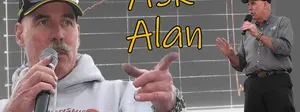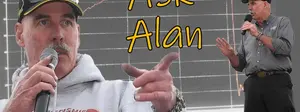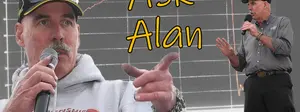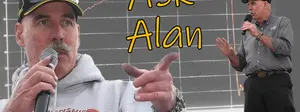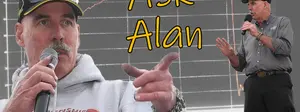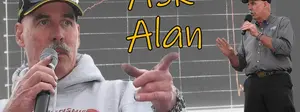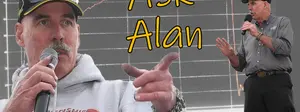

Of onboard computers, engine sizes, clutch heat, and 'dead-heading'
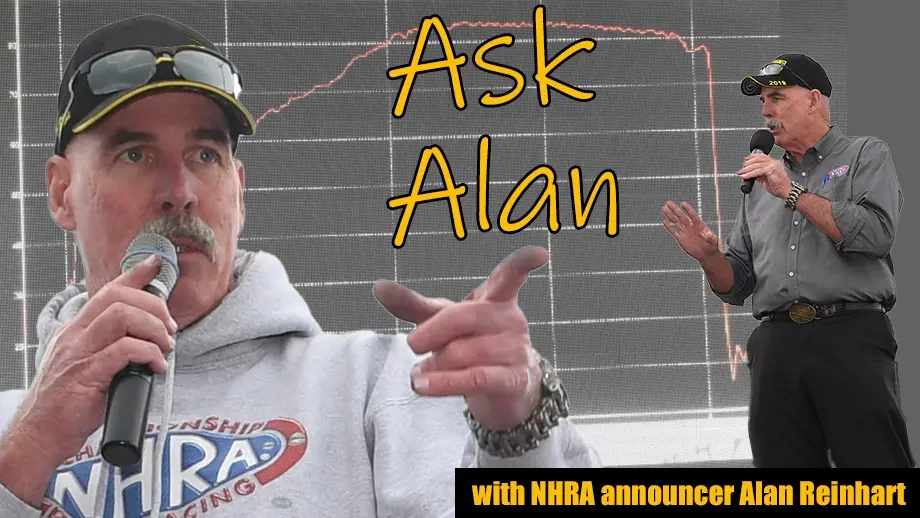
At every NHRA national event, NHRA announcer Alan Reinhart offers fans the chance to send him an email with technical questions about the race cars, the tracks, and the procedures. As part of a semi-regular feature, we’ll share those questions and answers on NHRA.com.
Fans can write to Reinhart at announcer@nhra.com.
Here we go!
I've always assumed that the onboard computers on the dragsters are only for collecting data, and that the rules do not allow the computers to make any changes to the settings on the car during the pass. I was recently told by one of the Top Fuel drivers that the one exception to that is ignition timing and that the computer can change the timing up to 30 times during the run. What can you tell me about the computers? — Greg Wilemon

You can program the ignition curve, and it does change the timing during the run. But it is pre-programmed. Just as the clutch timers are. It cannot monitor the car and adjust on the fly.
For instance, around one second, the timing will retard to get the car through the "shake zone" that is programmed. But if it starts to spin the tires, the timing will not automatically pull back to help restore the traction.
Wondering if when Funny Cars or Top Fuel back up after a burnout if the rate of speed and load on the clutch and drivetrain could be a possible cause of traction issues. — Don Duffy

Clutch heat is a major factor. If the clutch is dragging too much or is overheated backing up from the burnout, it becomes more aggressive and can cause tire smoke early in the run.
When a driver is backing up, they will release the clutch a little to get the car rolling, then push it back in letting the car coast, so as not to build excessive heat. On a single run, you can hear the engine change tone as they play with the clutch backing up.
When John Force returned from his crash 16 years ago, his leg wasn't strong enough to do it properly (if you remember, his legs got torn up pretty badly), and they would randomly smoke the tires because of the extra heat in the clutch. When Austin Coil figured out what was happening, he reworked the clutch pedal so Force could hold it down. Problem solved.
What is the difference between Factory Stock and Factory X class? — George Widmer IV
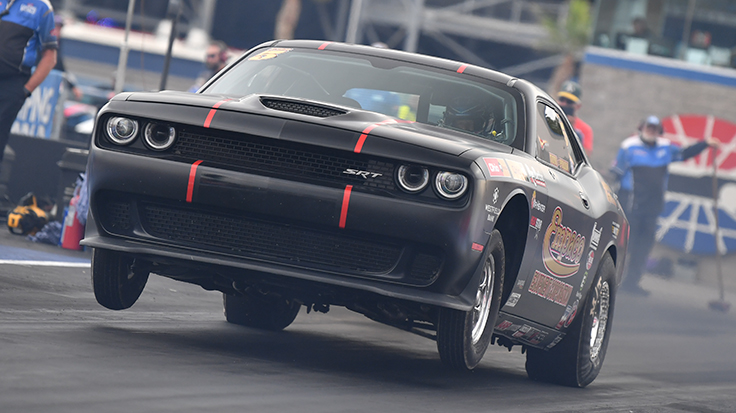
The Factory Stock cars are "stock" cars with a roll cage. They run an automatic transmission and a 9-inch-wide rear tire. They will only certify to 7.5 seconds.
Factory X is a full-chassis car with a "stock" body. They weigh about 1,000 pounds less and have a five-speed manual transmission and a 10.5-inch tire. They will certify to 6.0 seconds.
In a Top Fuel car, does every bit of the fuel that the car uses go through the barrel valve and then to the various injectors around the engine? It seems like it would be hard to flow 90-ish gal/min. through the barrel valve. — Payton Wood
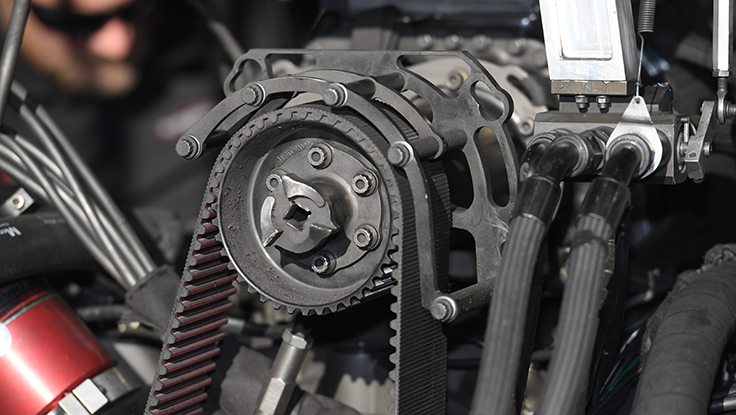
With the engine at speed, the fuel pressure is about 600psi. It all goes through the barrel valve, then to a distribution block at the back of the engine where it is sent to the various nozzles.
Why does Hector Arana Jr. have a metal wingtip only on his left boot? — Sharon Heising
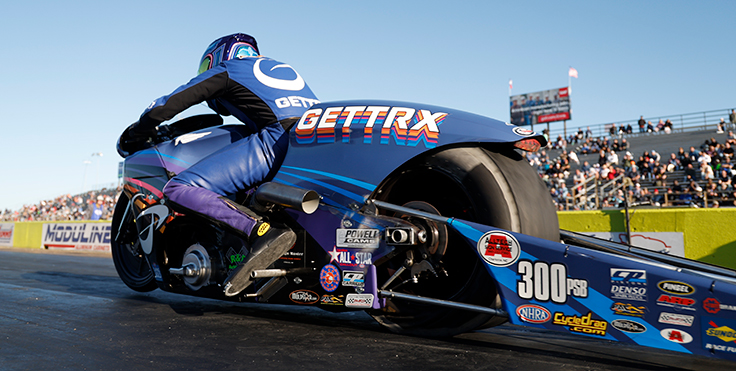
Spoke to Hector Jr. He said that his brake lever is so low that when he would use it, it would wear the toe off his boot. So, he made an aluminum shield for the boot.
Interested in what the different power adders in Pro Mod mandate what cubic inch size of engine you are allowed. Also, are the blown alcohol dragsters the same size engine if you choose injected nitro combination? — Tom Walker

Pro Mod engines are:
526 cid for all boosted engines. Different weight, overdrive, and boost restriction for Roots blower, screw blower, ProCharger, or turbos.
Nitrous engines have a minimum weight for up to 910 cid and a heavier weight for up to 960 cid.
Top Alcohol Dragster is a weight per cubic inch class, so you can run different size engines and add or subtract weight accordingly. Most are around 420 cid, but the blown alcohol and injected nitro engines use completely different components.
Top Alcohol Funny Car engines are bigger, they are 528 cid max for blown alcohol and 465 cid max for injected nitro.
In the race that Erica Enders lost, the crew said her engine dead headed. What does that mean? — Ron Greene

The Liberty transmission is designed to be shifted under full power and full load. Every once in a while, one will "dead head." When the driver tries to shift, it will not mesh smoothly for a split second before engaging.
In that split second, you clip the rev limiter and it kills the car's momentum. It is rare, but it happens maybe four or five times a year across the entire class.























